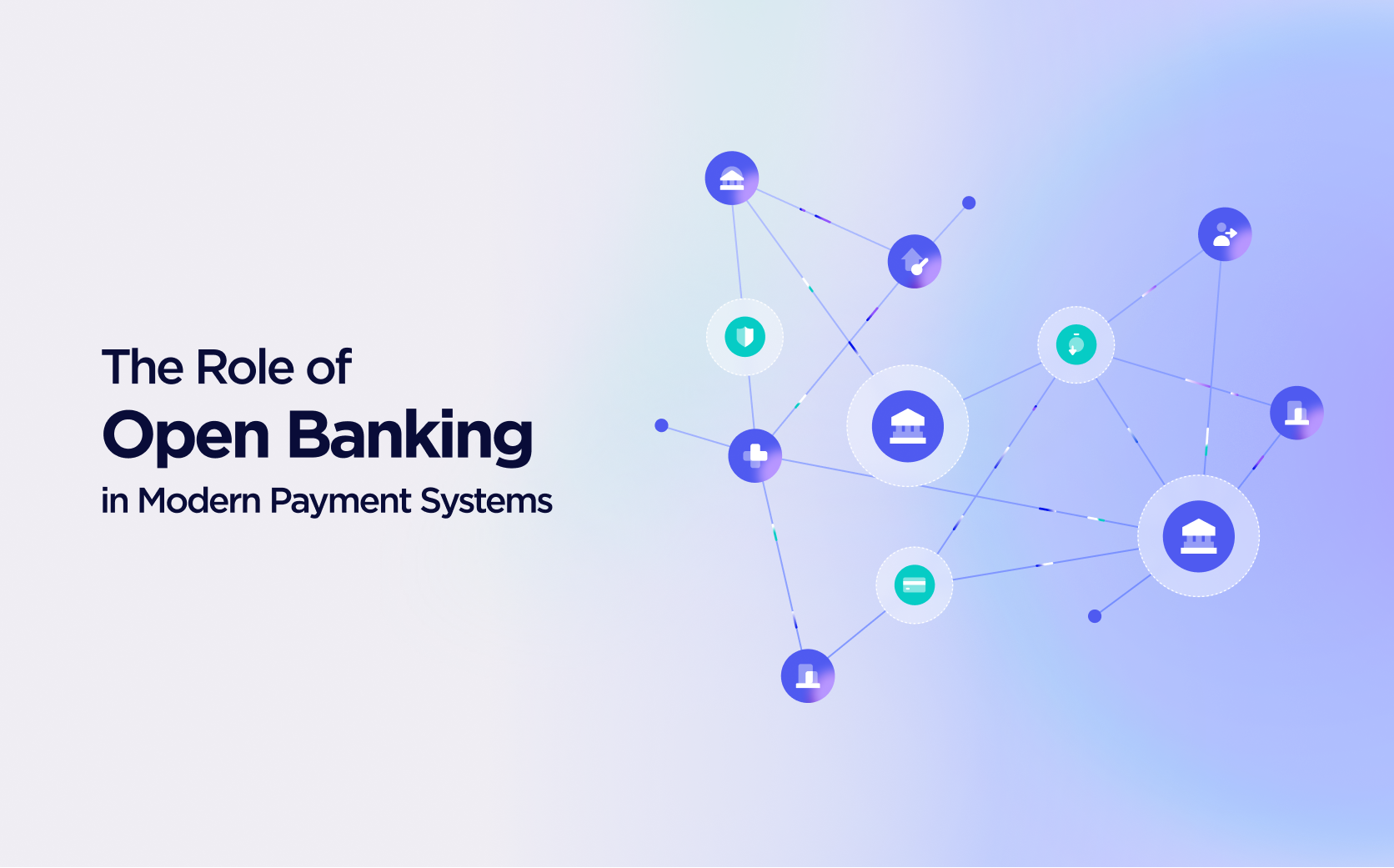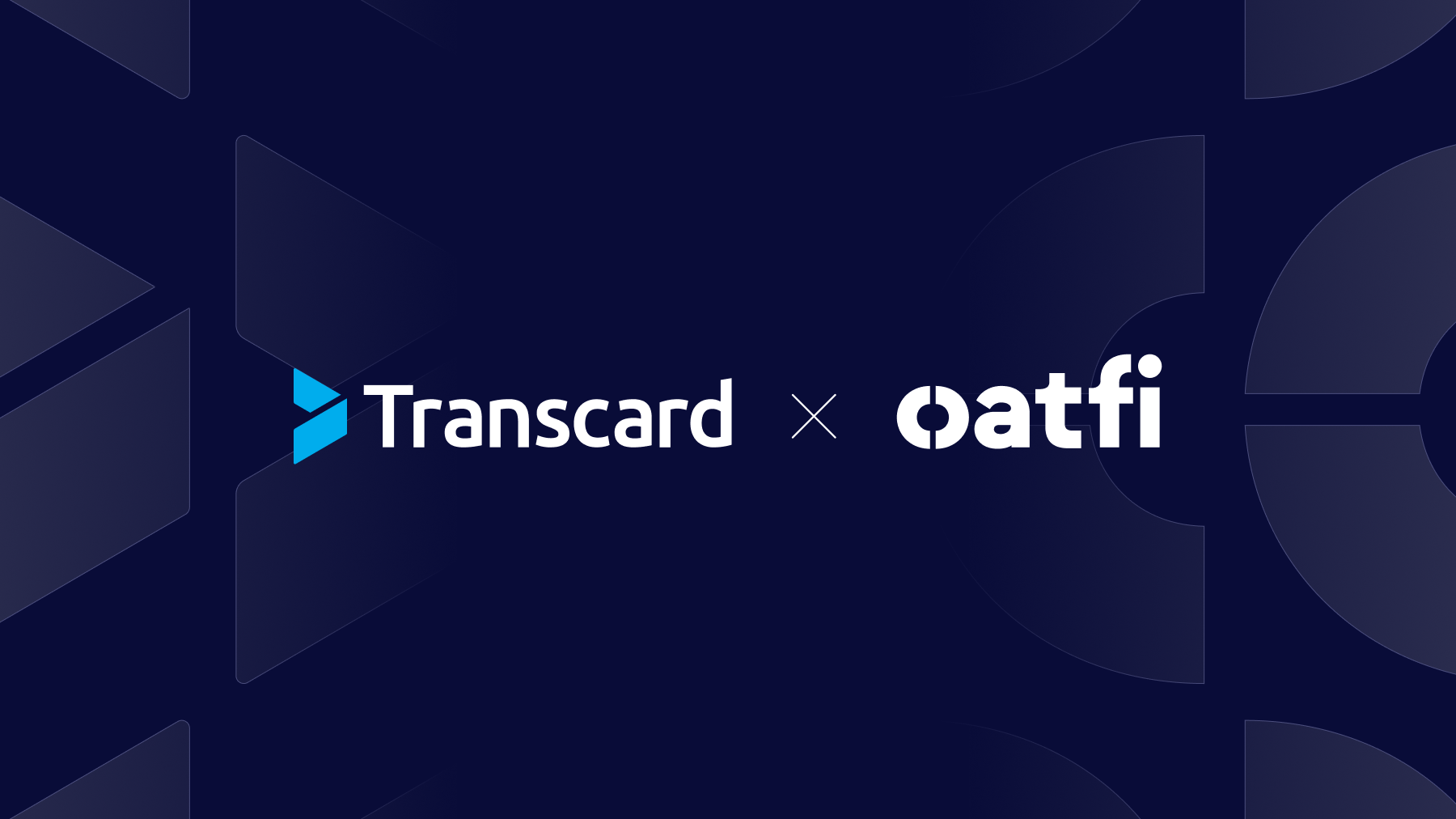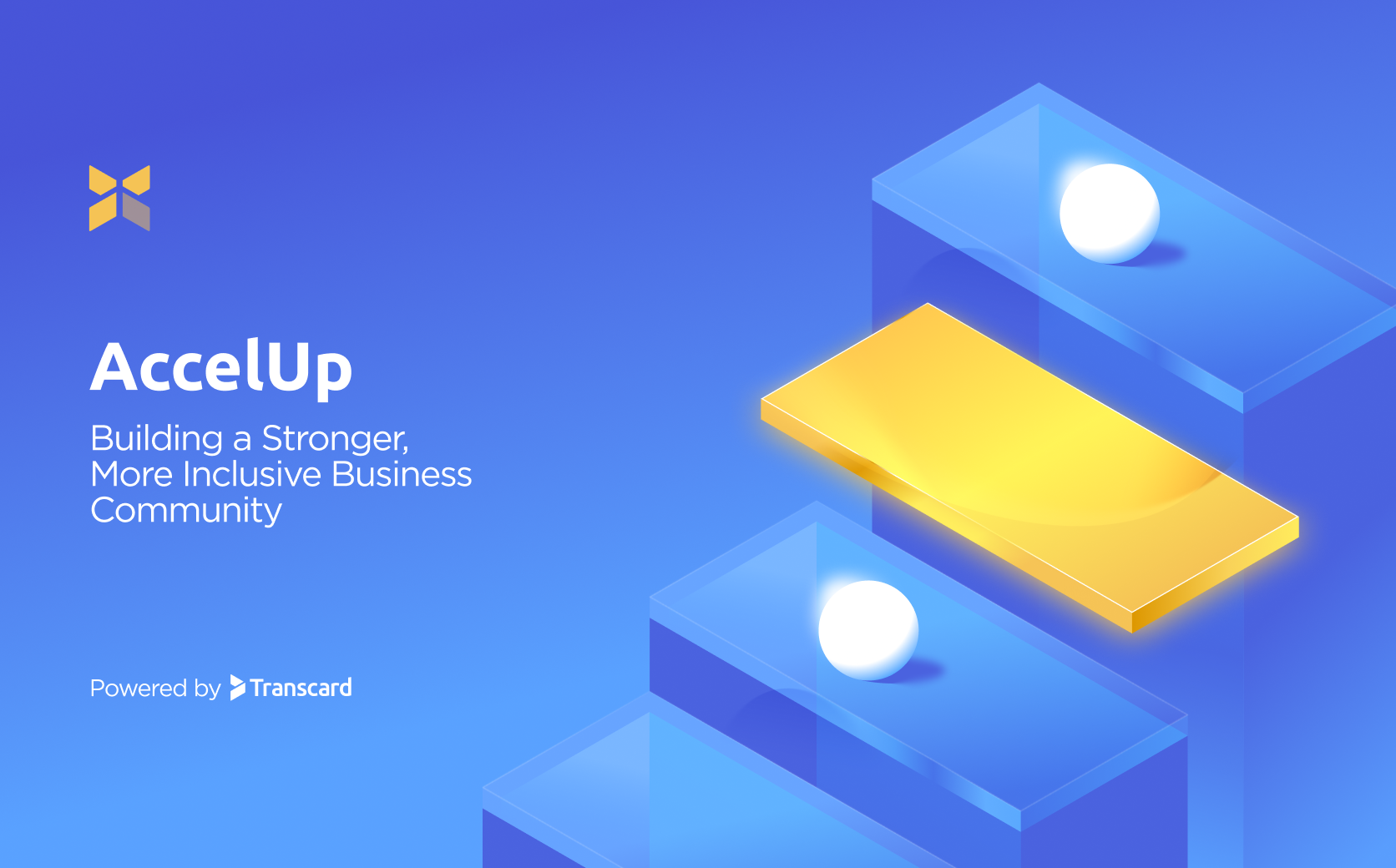Companies with complex payment flows lose time switching between systems, tracking transactions, and relying on outdated reports. Open banking removes these delays by giving businesses secure, real-time access to their bank data through authorized applications.
What is Open Banking?
Through open banking, companies can connect their payment platforms directly to their banks in a secure and authorized way. Instead of logging into separate portals or waiting for files to update, teams can give permission for their enterprise resource planning system (ERP) or disbursement platform to securely connect to their bank data.
Think of it as letting your systems talk to each other behind the scenes. This kind of access helps payment teams check account activity, confirm incoming payments, and reconcile transactions faster, all from within the platforms they already use.
Is Open Banking Safe?
Yes. Open banking is built on permission-based access and secure data connections. Businesses remain in control at all times, and banks only share information when authorized to do so.
Open Banking safety features include
• Encrypted connections between systems
• Clearly defined permissions
• No access without user approval
• Data never shared without consent
Do all Banks Use Open Banking?
Not all banks use open banking today, but adoption is growing. According to Grand View Research, the global open banking market is projected to grow from 31.6 billion dollars in 2024 to over 135 billion dollars by 2030, growing at a compound annual growth rate (CAGR) of 27.6 percent between 2025 and 2030. That growth reflects how quickly organizations are moving toward more connected and responsive payment systems.
For many businesses, the biggest advantage is being able to maintain their existing bank relationships without needing to move money into a separate account.
As more companies explore open banking, the focus is shifting from manual workarounds to smarter connections that preserve their existing bank relationships. By removing delays and reducing integration complexity, teams can stay closer to real-time data and simplify how they manage payments across platforms.
This shift is made possible by application programming interfaces (APIs), which let banks and business systems exchange information directly and securely in real time.
"Open banking is starting to harmonize APIs, making it easier for corporates to integrate with banks."
Peter Hazou, Microsoft, Transcard Insights Report
Solutions like Transcard’s SMART Suite take advantage of this progress. It connects directly to major US banks through open banking infrastructure, making it easier for teams to manage payments without changing banks or disrupting how they work.
What This Means for Payment Professionals
Open banking is giving payment professionals the tools to move with greater accuracy, speed, and control. Instead of waiting for manual updates or chasing down reports, teams can work from a single source of truth and keep critical payment processes moving forward.
Contact Transcard to see how open banking can simplify your payment operations.



